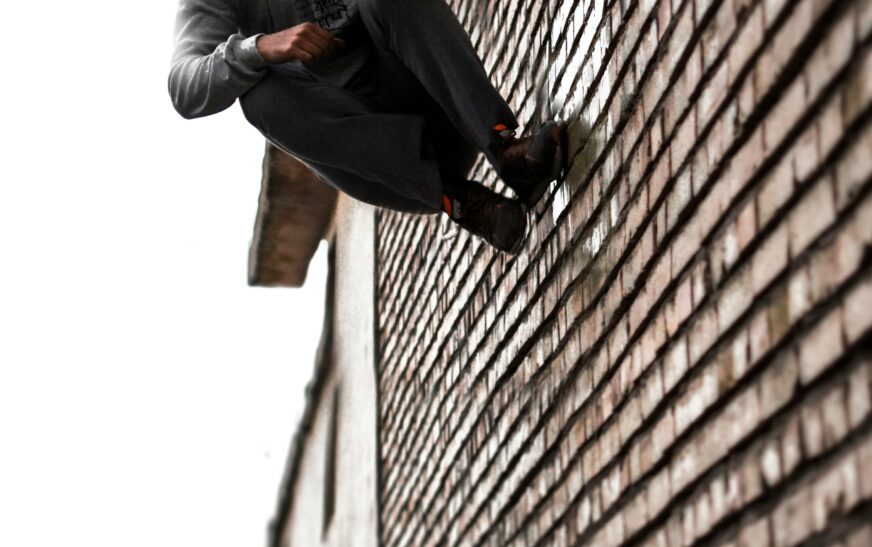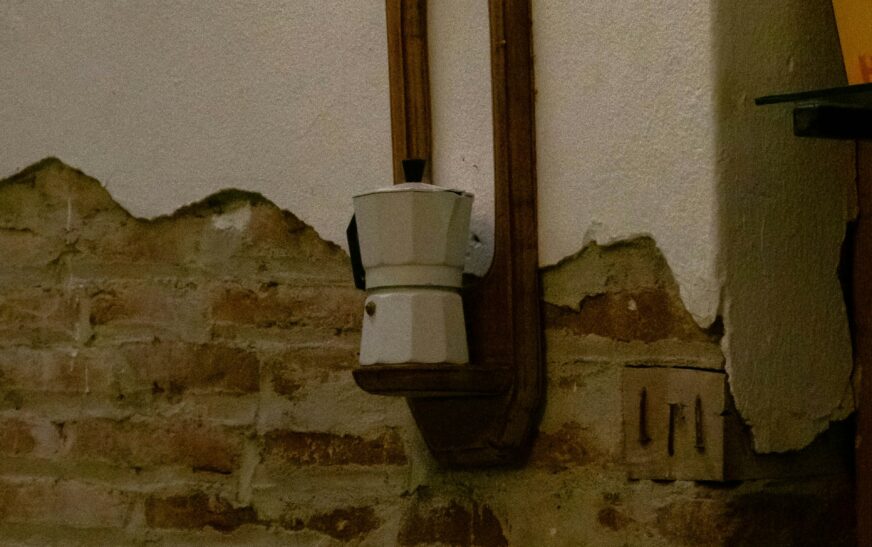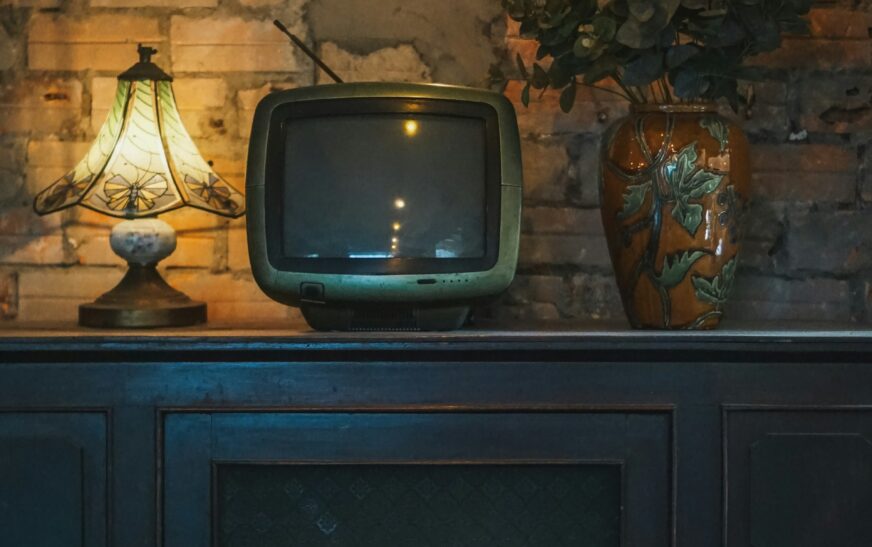Brick walls are gorgeous, durable, and full of character—but when it comes to hanging things, they can feel a little… intimidating. Whether you’re displaying artwork, adding string lights, or decking the halls, the big question is: how do you hang stuff without damaging your brick?
Good news: there are ways to make your brick wall a stylish gallery without leaving it scarred. Let’s dive in.
Why Brick Is Tricky
Brick isn’t like drywall or wood—it’s dense, uneven, and stubborn. Nails and tacks often fail, and even the mortar between bricks requires special tools. Painted, sealed, or textured surfaces can further affect adhesion.
So, your solution depends on:
- How heavy the item is
- Whether you want it removable or permanent
- Indoor or outdoor placement
Option 1: Brick Clips or Brick Hangers
Brick clips (aka clamps or hangers) are little marvels that hook onto bricks without drilling or adhesives.
How They Work:
They latch onto the top and bottom edges of protruding bricks, holding lightweight to medium items securely.
Perfect For:
- Wreaths
- String lights
- Picture frames
- Decorative signs
Considerations:
- Bricks must slightly protrude from the mortar
- Measure brick height (common sizes: 2¼” or 2½”)
- Not ideal for extremely rough, painted, or odd-shaped bricks
Option 2: Adhesive Hooks and Strips
Want a tool-free approach? Adhesive hooks designed for rough surfaces can be surprisingly strong.
Tips for Success:
- Clean bricks with rubbing alcohol
- Let dry completely
- Follow product instructions and let adhesive set before hanging
Best For:
- Lightweight wall art
- Holiday décor
- LED light strips
Note: Adhesion can weaken in humidity or outdoors—check weight limits and ratings.
Option 3: Masonry Anchors and Screws
Need a permanent, heavy-duty solution? Drilling into brick with masonry anchors is the most secure method.
Tools You’ll Need:
- Masonry drill bit
- Hammer drill
- Wall plugs or masonry anchors
- Screws suited to your fixture
Step-by-Step:
- Mark drill points
- Drill into brick, not mortar
- Insert anchor and screw in your fixture
Ideal For:
- Shelving units
- TV brackets
- Large mirrors or artwork
Yes, it’s invasive, but for heavy items, this is the gold standard.
Option 4: Industrial-Strength Velcro or Hook-and-Loop Fasteners
Looking for a strong, drill-free option? Heavy-duty hook-and-loop fasteners can work surprisingly well indoors.
Pros:
- No tools needed
- Removable
- Weight is distributed evenly
Tips:
- Clean and dry the surface
- Use multiple strips for larger items
- Press firmly for maximum hold
Great for framed prints, canvas art, or temporary setups—but not ideal for long-term outdoor use.
Option 5: Tension Rods in Brick Alcoves
Got a fireplace surround or indoor brick alcove? Tension rods can suspend décor without adhesives or drilling.
Try Hanging:
- Fabric panels
- String lights
- Hanging planters
It’s a clever way to avoid permanent fixes—and easy to change later.
Safety and Maintenance Tips
- Know your weight limits: Overloading clips or adhesives = disaster waiting to happen.
- Test first: Try adhesives on a small, hidden area.
- Keep surfaces clean: Dust weakens adhesion.
- Check periodically: Especially outdoors, inspect after weather changes.
Read More : How to Hang Stuff on Brick Without Drilling: Reliable Methods That Work
Common Mistakes to Avoid
- Using regular nails or drywall screws—they’ll snap or damage your tools.
- Hanging items on mortar instead of brick—mortar crumbles faster.
- Skipping prep—cleaning and measuring are crucial for success.
With these options, your brick wall can go from intimidating to Instagram-worthy—without leaving a single scar (unless you’re going the masonry anchor route, but that’s for the serious stuff).










